To lot or not to lot: How to market your farm
Making the decision to split up a farm that has been whole for generations can be difficult, but it could be the best option for building interest, encouraging competition and driving up prices.
About 70% of the farms brought to the market in Devon by Stags this year have been offered both as a whole and in lots, says Andrew Dodds, associate partner.
In previous years, the majority would have been sold in lots but unusually in 2019, more than half (58%) have been sold or the sale agreed as a whole unit (house, buildings and land).
See also: So you want to… Sell your farm?
“We have seen fewer residential buyers in the market and seen more confidence from farmers who are thinking of Brexit as a short-term bump and borrowing money long-term, often thinking about the next generation,” Mr Dodds said.
Understanding the reason for the sale is the first step and typically the financial situation is the main driver.
“Lotting can undoubtedly be an emotive issue but it all boils down to our main objective of achieving the maximum possible sale price,” he said.
When to lot
Dividing the farm into smaller parts increases the appeal of the property to a wider range of potential buyers: those looking to purchase whole farms; residential buyers looking for a house with a few acres; those searching for bare land to add to an existing holding; and investor buyers.
A house buyer may want 5-10 acres with a property for privacy rather than the responsibility of 100 acres. Further land increases the purchase price and the amount borrowed, and brings the headache of how to manage such a large acreage.
In contrast, a farmer buyer may not want a house absorbing a large capital sum that could otherwise be spent on land that fits into their existing business.
Different types of purchasers being interested creates competition, which can, in turn, help achieve the best possible price and speed up the sale process.
“A potential buyer will be keen to get on with the sale and secure the property if they know other people are interested in it,” Mr Dodds said.
“Selling in lots means the buyer gets multiple bites of the cherry and generally will achieve more money overall than a whole unit sale, but there will also be more legal fees.”
When not to lot
However, not every farm is suitable for lotting, and knowledge of the local market and who’s likely to buy is a crucial part of deciding how to launch a property.
Offering a farm for sale as a whole may achieve the best outcome for the owner if there is low demand for land from neighbouring farmers, usually within about a 5-10 mile radius.
The most important factor for lotting is road access, according to Mr Dodds.
“If there is only one access route for a property, splitting it into multiple lots means buyers are going to have to get access over another lot to get to their land,” he said.
“This means they have a right of access rather than their own direct access, which can put people off.”
What has Stags sold in 2019 and how?
Sold in lots
Toatley Farm, near Chawleigh in the Taw Valley, sold with a farmhouse and 11 acres to a lifestyle buyer. The guide price for the residential element was £845,000, and the rest of the land (52 acres) is still on the market.
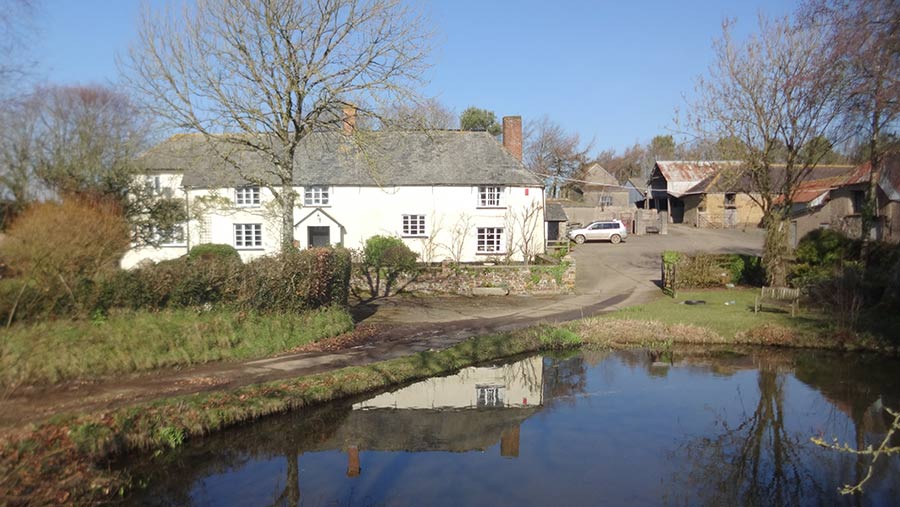
Toatley Farm. © Stags
Tottiskay Farm, near Southleigh in East Devon, sold in two lots with a residential purchaser buying the house with 10 acres. The guide price for the residential element was £1.25m. The remaining land, 108 acres, was bought by a local farmer.
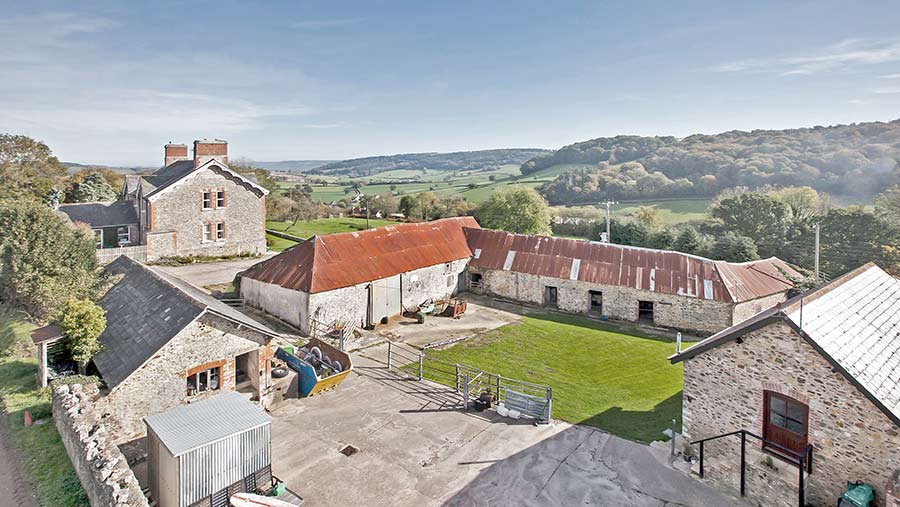
Tottiskay Farm. © Stags
Sold as a whole
Holwell Manor, near Tavistock, included 113 acres and was guided at £1.6m. It was sold within two weeks of its launch to a buyer living abroad who has a link to the area.
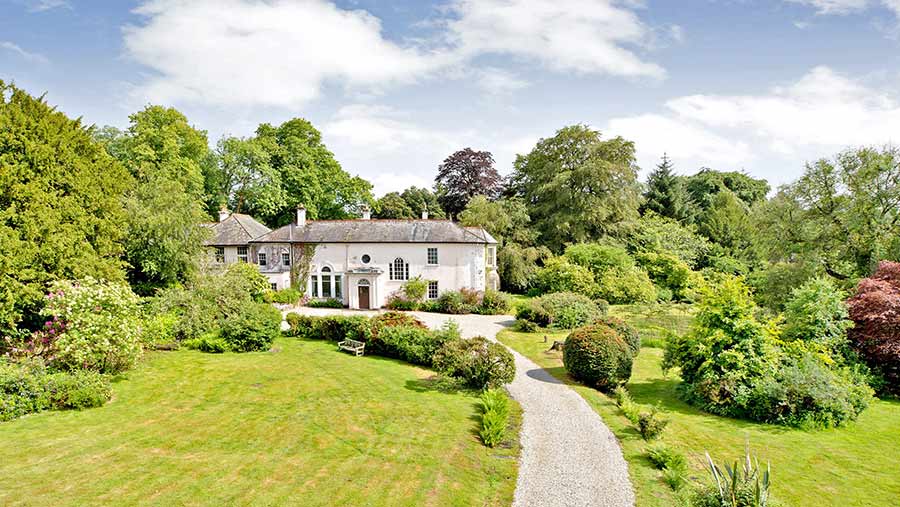
Holwell Manor. © Stags
Tremlett Farm, near Wellington, was marketed in lots but sold as a whole. A farmer from East Anglia bought the holding, which had 118 acres and was guided at £1.75m.
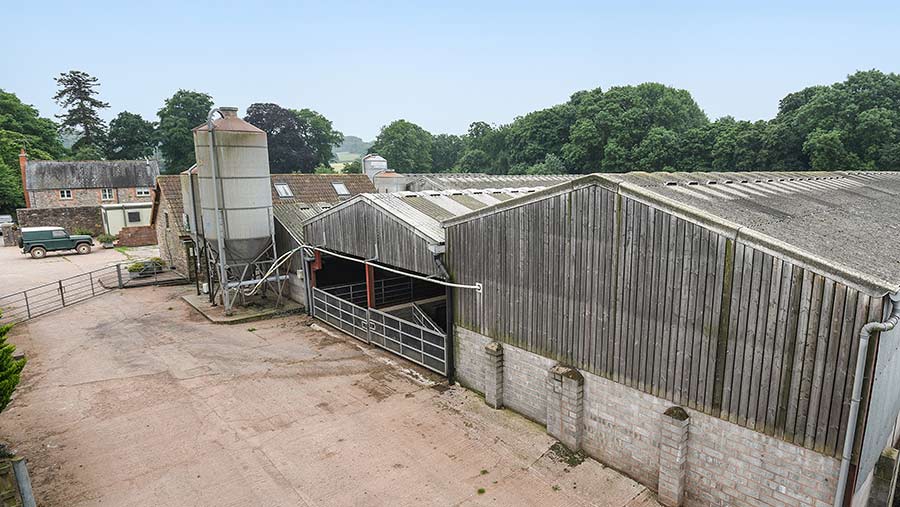
Tremlett Farm. © Stags
Sholford Farm, near Huish Champflower, had 73 acres and a guide price of £1m. It sold to a farmer from north Somerset.
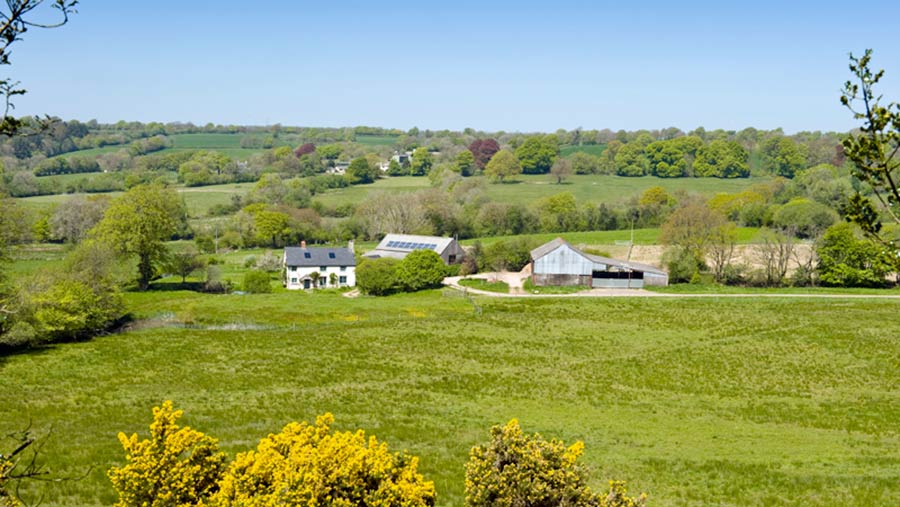
Sholford Farm. © Stags
